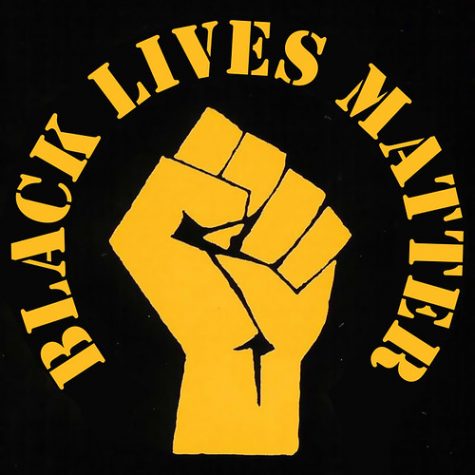T-shirt installation attempts to raise awareness
Last week, T-shirts strung together with clothesline appeared around campus, hanging between trees and on railings. The shirts feature a variety of handwritten messages, ranging from statistics to words of sympathy for survivors of sexual assault.
This installation, officially called the “Clothesline Project,” will remain on campus until April 30, as a part of Sexual Assault Awareness Month. The Clothesline Project is presented by Hilltopper Peer Health Educators, a student group that works through the Health and Counseling Center.
Throughout the month of April, events and programs around campus raise awareness about sexual assault. These include self-defense classes and posters about surviving sexual assault. The Clothesline Project is definitely the most notable of these, simply because everyone sees the T-shirts every day.
The goal of the Clothesline Project is pretty obvious: the shirts are there to promote awareness of sexual assault. While the project was created with good intentions, it does questionable job of reaching its goal. Furthermore, the goal of Sexual Assault Awareness Month is dubious.
Overall, the T-shirts are confusing. For one thing, the medium conveying the message is not quite appropriate. Marker on a T-shirt is not what one expects when reading about a topic as serious sexual assault. People seeking information about sexual assault statistics or stories of survival probably expect printed materials.
A printed placard included with each group of shirts direct victims to the Health and Counseling Center. Providing such resources is important, but the shirts themselves could also be a resource.
The handwritten messages on the T-shirts are often perplexing. It is unclear whether the shirts are intended to inform students of statistics, to comfort victims or to encourage students to speak out about the issue. At times, a message on one shirt even appears to contradict another.
For the most part, students and others on campus treat the installment as an oddity. They always take a moment to pause and puzzle over the shirts’ meaning, but eventually they move along. Many of the messages written on the shirts are sincere and heartfelt, but that gets lost in the sea of Magic Marker.
Moreover, the shirts are not the wisest use of physical resources. A more decisive step toward actually helping sexual assult victims would be to donate the shirts to a shelter, where victims could benefit from new clothing.
Sexual violence is a complex issue. The problem is not just lack of awareness. Aside from the physical harm sexual assault does, the problem gets worse when victims of sexual assault are either silenced or shamed.
It is ambiguous how the Clothesline Project wants its viewers to address this complicated issue. The installment creates more confusion than anything.
While raising awareness is important, this project does not create the kind of dialogue we need surrounding sexual assault.







![According to a 1993 archive from Congressional Quarterly Almanac, “[Judge] Ginsburg was known as a restrained and fair-minded judge who did her homework and then some.” She was “considered moderate to conservative on criminal issues and business law,” relatively progressive “on issues such as free speech, religious freedom and separation of church and states,” and more liberal on “civil rights and access to the courts.”](https://www.hilltopviewsonline.com/wp-content/uploads/2020/10/VP-4RBG_CC-by-WFULawSchool-475x317.jpg)
